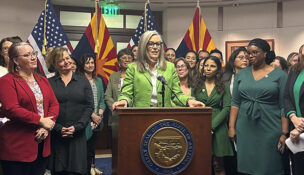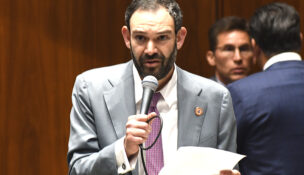Accounting rule on health benefits could bust state budgets
Arizona Capitol Reports Staff//July 21, 2006//[read_meter]
Accounting rule on health benefits could bust state budgets
Arizona Capitol Reports Staff//July 21, 2006//[read_meter]
Just when states found some breathing room after years of belt-tightening, a new accounting rule is about to force them to deal with some $500 billion in hidden costs. The...
No tags for this post.

















